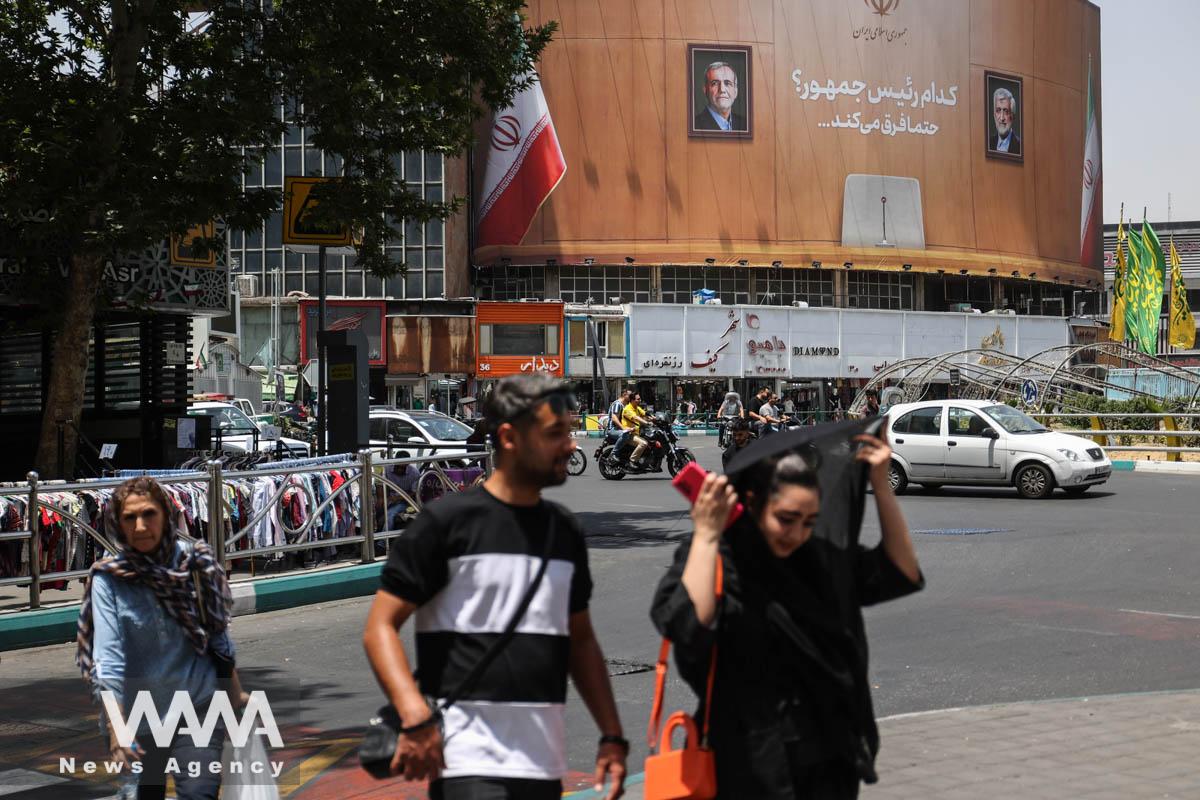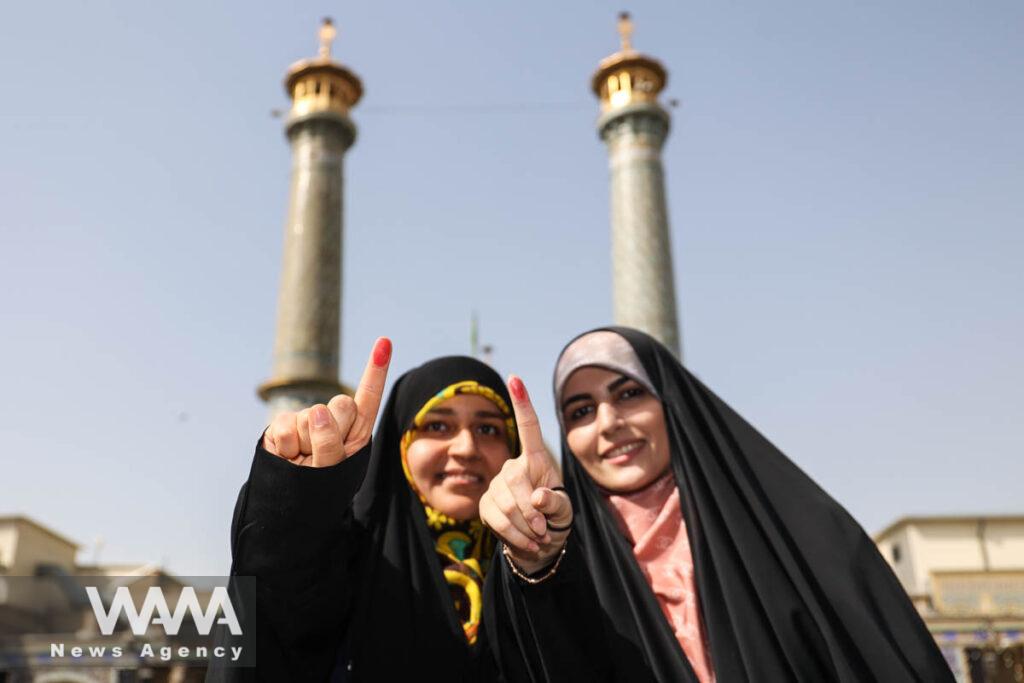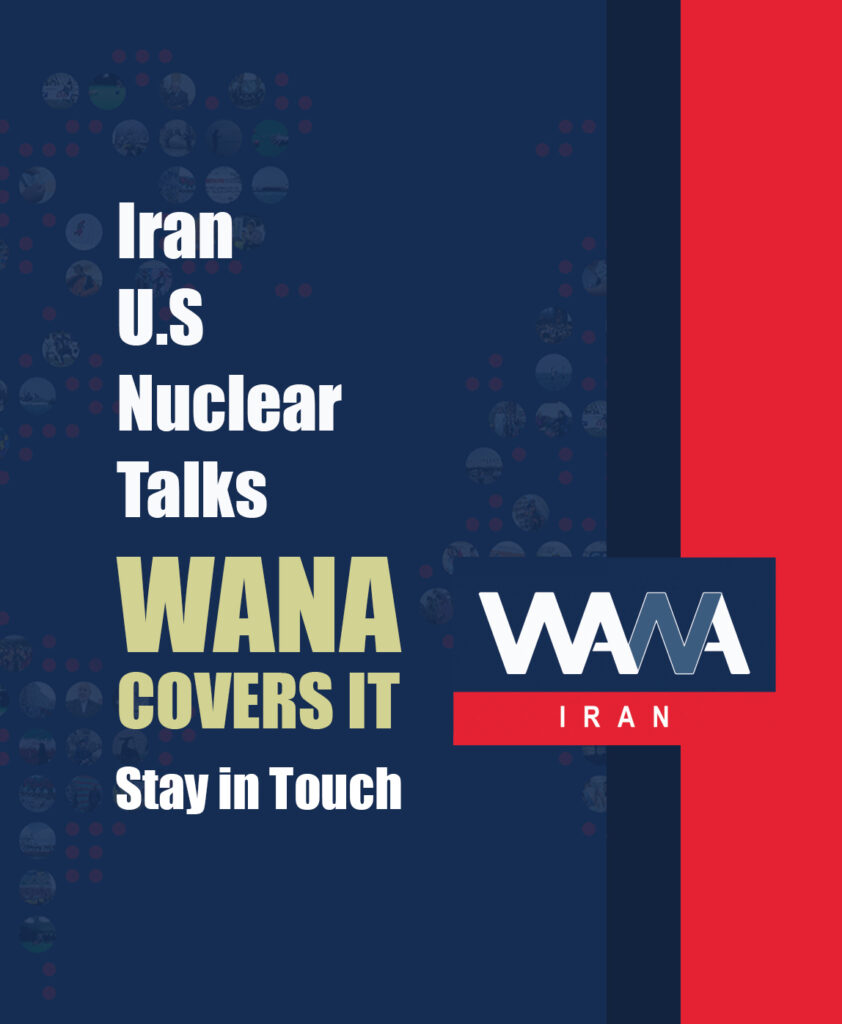Key Challenges Facing Iran’s Ninth President
WANA (July 05) – Iran’s new president steps into office at a critical juncture, facing a complex web of challenges that span across political, economic, social, and environmental spheres.
The nation is grappling with the consequences of longstanding issues such as economic sanctions, internal governance inefficiencies, and regional instability, all of which have been exacerbated by recent global developments.
Addressing these multifaceted problems requires not only strategic vision and effective policymaking but also the ability to foster unity and resilience among the Iranian populace.
The new administration’s approach to these challenges will be crucial in shaping the country’s future trajectory. Economic recovery, social stability, and improved international relations are essential for Iran’s progress.
The president must navigate through these turbulent waters with a clear plan and a commitment to reform, ensuring that the government can meet the needs of its citizens and restore their confidence in the state’s ability to provide a better future.

People walk past a billboard with pictures of presidential candidates Masoud Pezeshkian and Saeed Jalili on a street in Tehran, Iran, July 4, 2024. Majid Asgaripour/WANA (West Asia News Agency)
1. Government Structure and Decision-Making
A primary challenge is restructuring and organizing the government and decision-making bodies. Current overlaps and dispersions in responsibilities among various entities reduce efficiency and effectiveness. The new president must establish a cohesive and efficient structure to meet societal needs.
2. Economic Dependence and Sanctions
Iran’s economy heavily relies on oil revenues and foreign currencies, particularly the US dollar and UAE dirham. US-led economic sanctions have significantly impacted the economy, affecting essential goods supply channels. The new president must reduce this dependency and diversify revenue sources to alleviate financial and political pressures.
3. Unemployment and Living Conditions
Unemployment and living conditions are critical issues requiring attention. Rising unemployment rates, declining purchasing power, and increasing inflation have made life difficult for many citizens. Creating job opportunities, supporting small and medium-sized businesses, and controlling inflation are essential measures to improve living standards.

A Chess Game Between Iran and the West Amid Political Changes
WANA (July 04) – During the second round of presidential debates, Pezeshkian addressed his political rival, stating, “You did exactly what Israel wanted, aiming to exit the JCPOA.” The electoral debates and the pivotal choices facing the Iranian people have once again brought the controversial and ongoing JCPOA discussions to the forefront, becoming central […]
4. Administrative Corruption and Transparency
Administrative corruption hinders development and progress. Combating corruption and enhancing transparency in governmental institutions are primary priorities. Establishing robust oversight mechanisms and enforcing anti-corruption laws can help restore public trust in the government.
5. International Relations and Foreign Policy
Iran’s international relations have faced numerous challenges recently, including sanctions, regional tensions, and complex relationships with global powers. The new president needs to adopt active and intelligent diplomacy to improve international relations and reduce tensions through policies based on interaction and cooperation.
6. Environmental Issues and Climate Change
Environmental problems and climate change are other significant challenges. Air pollution, water scarcity, and soil erosion require immediate planning and action. Sustainable ecological policies can help preserve natural resources and improve citizens’ quality of life.
Iran’s ninth president faces numerous challenges across various fields, necessitating a comprehensive and coordinated approach. Addressing these issues with precise planning and effective policies will be crucial for improving the country’s situation and citizens’ welfare.
By WANA writer: R.Hejazi

Women show their ink-stained fingers during the run-off presidential election between Masoud Pezeshkian and Saeed Jalili in Tehran, Iran, July 5, 2024. Majid Asgaripour/WANA (West Asia News Agency)












